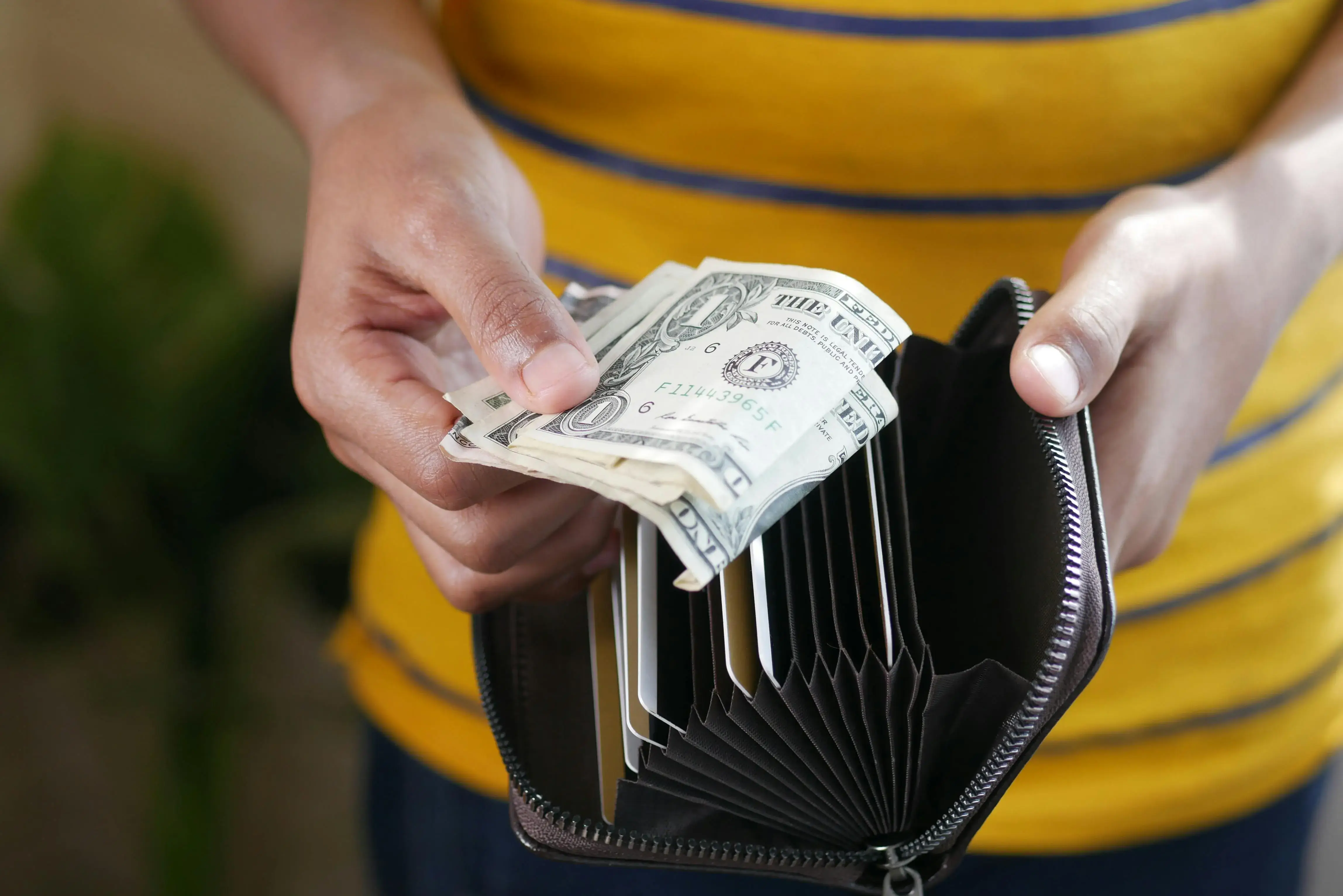
Kudos has partnered with CardRatings and Red Ventures for our coverage of credit card products. Kudos, CardRatings, and Red Ventures may receive a commission from card issuers. Kudos may receive commission from card issuers. Some of the card offers that appear on Kudos are from advertisers and may impact how and where card products appear on the site. Kudos tries to include as many card companies and offers as we are aware of, including offers from issuers that don't pay us, but we may not cover all card companies or all available card offers. You don't have to use our links, but we're grateful when you do!
410 Credit score: What You Need to Know in 2025
July 1, 2025


TL;DR
A 410 credit score presents a significant opportunity for growth, placing you in the "Poor" FICO score category. Consider it less of a setback and more of a clear starting point for building a much stronger credit profile and financial future.
What Does a 410 Credit Score Mean?
A 410 credit score falls into the "poor" range on the FICO scale (300-850), signaling a history of significant financial difficulties to lenders. This score makes you a high-risk borrower, which means getting approved for new loans or credit cards is challenging. If you are approved, you can expect to face steep interest rates and less-than-ideal terms, making borrowing much more expensive.
While a 410 score creates immediate financial obstacles, it isn't a life sentence. Think of it as a starting point for rebuilding your credit profile. The journey toward a better score is a marathon, not a sprint, but consistent, positive financial habits can pave the way for future improvement and greater financial freedom.
Who Has a 410 Credit Score?
While age isn't a direct factor in credit scoring, scores tend to increase over time as consumers build a longer credit history. According to a 2023 generational breakdown, the average FICO scores by age group are as follows:
- Generation Z (ages 18-26): 680 (Good)
- Millennials (ages 27-42): 690 (Good)
- Generation X (ages 43-58): 709 (Good)
- Baby Boomers (ages 59-77): 745 (Good)
- Silent Generation (ages 78+): 760 (Very Good)
Credit Cards With a 410 Credit Score
A credit score of 410 falls into the "very poor" range, which can significantly hinder your ability to qualify for most traditional credit cards. Lenders view this score as an indicator of high risk, making them hesitant to approve applications due to concerns about potential defaults. Consequently, your options will likely be restricted to secured credit cards or specific subprime unsecured cards that often come with higher fees and interest rates.
Kudos can help you find a suitable card with its AI-powered tools, which analyze your financial preferences to offer personalized recommendations from a database of nearly 3,000 options. The platform also provides insights on how a new card might impact your credit score, helping you make a choice that aligns with your financial goals.
Auto Loans and a 410 Credit Score
A 410 credit score places you in the deep subprime category, which can make securing an auto loan challenging. Lenders view this score as high-risk, so if you are approved, you will likely face some of the highest interest rates available.
According to a 2025 guide on auto loans, here is a breakdown of average interest rates by credit score bracket:
- Super-prime (781-850): 5.25% for new cars, 7.13% for used cars
- Prime (661-780): 6.87% for new cars, 9.36% for used cars
- Non-prime (601-660): 9.83% for new cars, 13.92% for used cars
- Subprime (501-600): 13.18% for new cars, 18.86% for used cars
- Deep subprime (300-500): 15.77% for new cars, 21.55% for used cars
Mortgages at a 410 Credit Score
A 410 credit score is considered 'bad' credit, severely limiting your mortgage options. Most conventional, VA, and USDA lenders will not approve a loan with a score this low. While an FHA loan is sometimes an option for those with poor credit, even it has a typical minimum score of 500. Securing a mortgage with a 410 score is highly unlikely without a large down payment and other significant compensating factors.
If you do find a lender, the impact on your loan terms will be substantial. Expect to face much higher interest rates, which can add tens of thousands to the total cost of your home. You will also be required to provide a larger down payment—at least 10% for an FHA loan—and pay higher fees. Your application will undergo intense manual underwriting, where lenders scrutinize your entire financial profile.
What's in a Credit Score?
Understanding your credit score can feel like trying to solve a complex puzzle, as it's a blend of several key financial habits. The most common factors that determine your score include:
- Your payment history tracks whether you have paid past credit accounts on time.
- Credit utilization is the percentage of your available credit that you are currently using.
- The length of your credit history considers the age of your oldest account and the average age of all your accounts.
- Credit mix refers to the variety of credit products you have, such as credit cards, retail accounts, and loans.
- New credit inquiries and recently opened accounts can also temporarily impact your score.
How to Improve Your 410 Credit Score
Having a 410 credit score can feel limiting, but it is possible to improve it with consistent effort and the right financial habits. There are several proven methods you can use to begin rebuilding your credit profile and raising your score over time.
- Monitor your credit reports regularly. By checking your reports from all three major bureaus, you can spot and dispute inaccuracies that may be dragging your score down. For a low score, removing even one error can provide a significant boost and helps you track your progress.
- Establish automatic bill payments. Payment history is the single most important factor in your credit score, so ensuring every bill is paid on time is crucial. Automating payments prevents missed or late payments, which are often a primary cause of a poor credit score.
- Apply for a secured credit card. A secured card requires a cash deposit as collateral, making it easier to get approved with a low score. This allows you to build a positive payment history as your activity is reported to the credit bureaus, which is essential for rebuilding credit.
- Reduce your credit utilization ratio. This ratio compares your credit card balances to your credit limits, and keeping it low shows lenders you can manage debt responsibly. Paying down existing balances is one of the most effective ways to improve your score, as this factor accounts for 30% of your FICO score.
Let Kudos be your financial companion to help you manage your cards and improve your credit score.
Unlock your extra benefits when you become a Kudos member

Turn your online shopping into even more rewards

Join over 400,000 members simplifying their finances

Editorial Disclosure: Opinions expressed here are those of Kudos alone, not those of any bank, credit card issuer, hotel, airline, or other entity. This content has not been reviewed, approved or otherwise endorsed by any of the entities included within the post.



































.webp)

.webp)




.webp)

